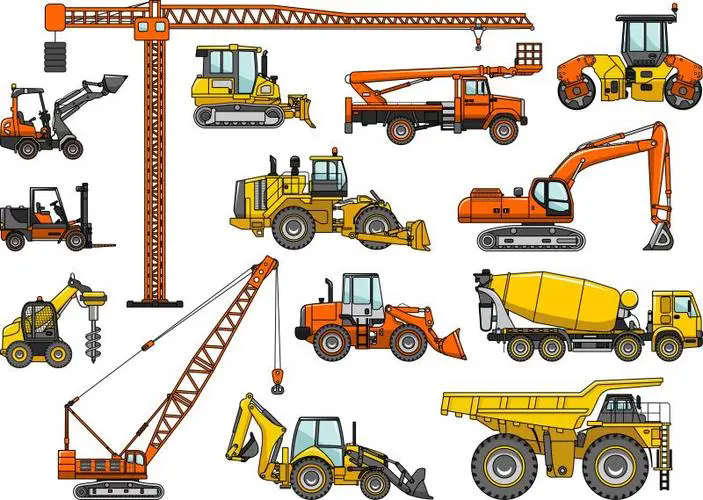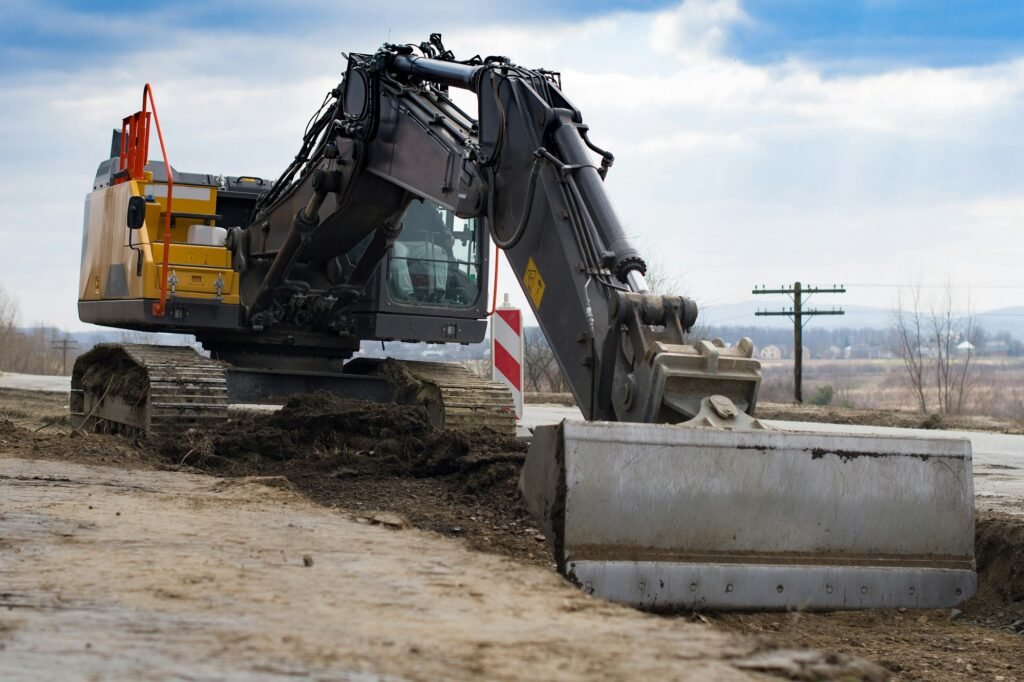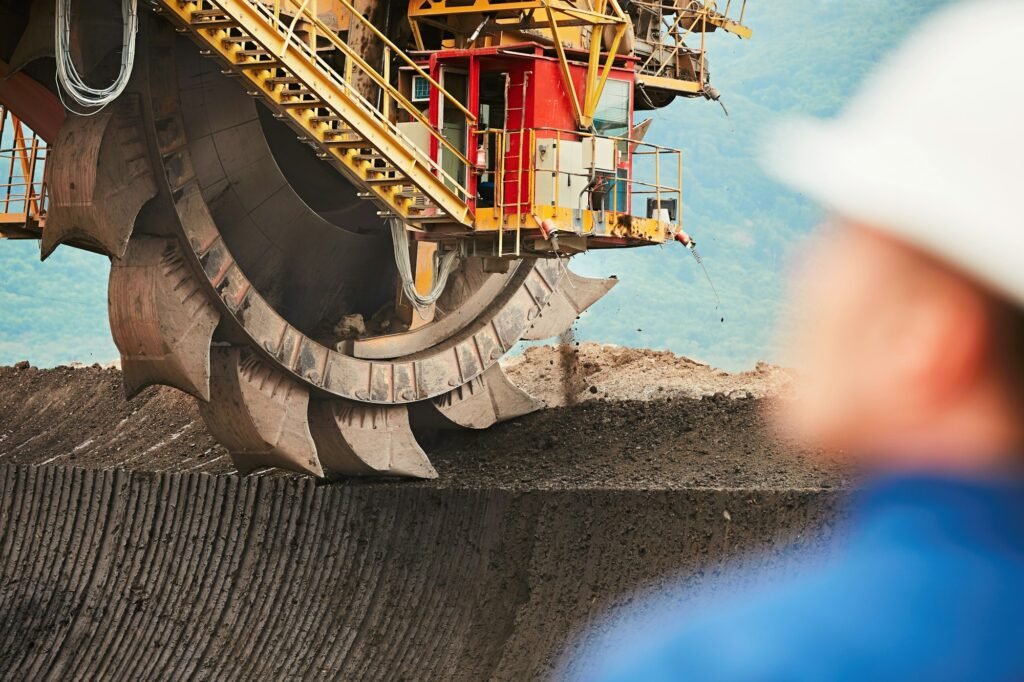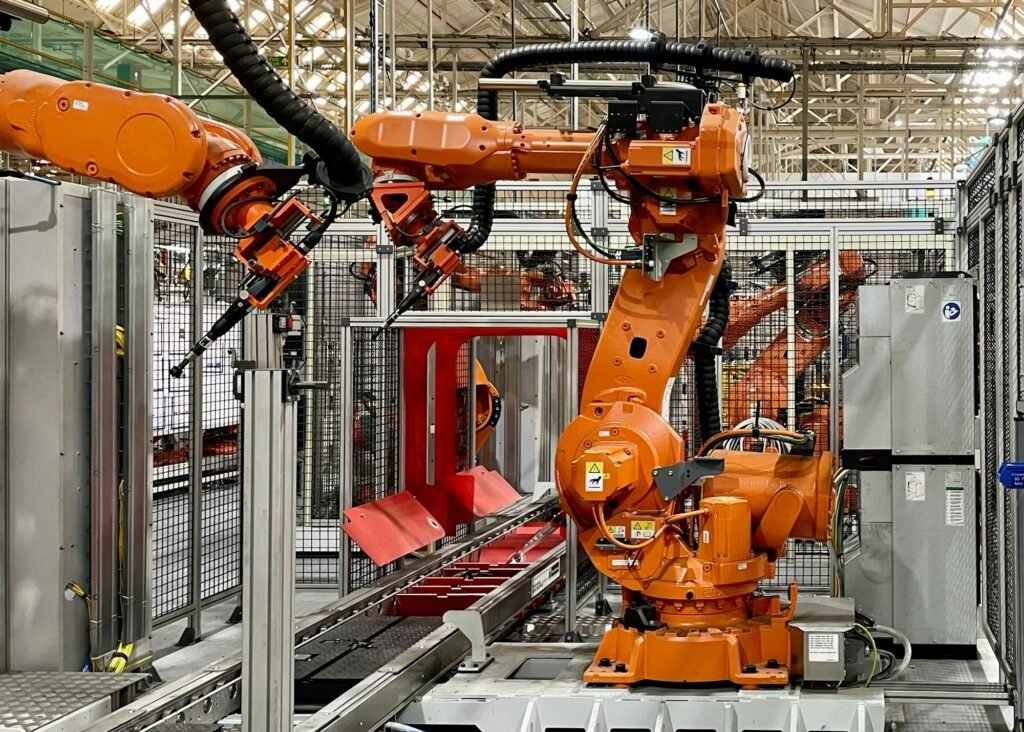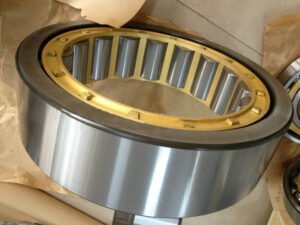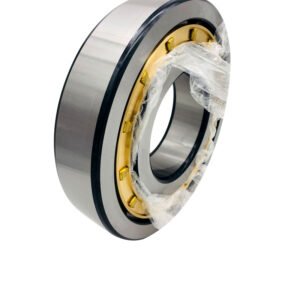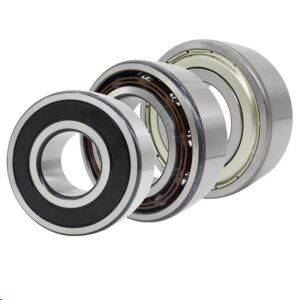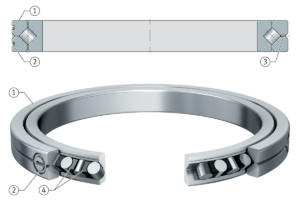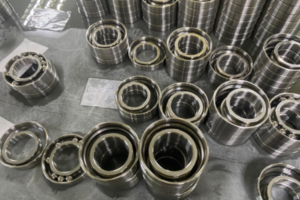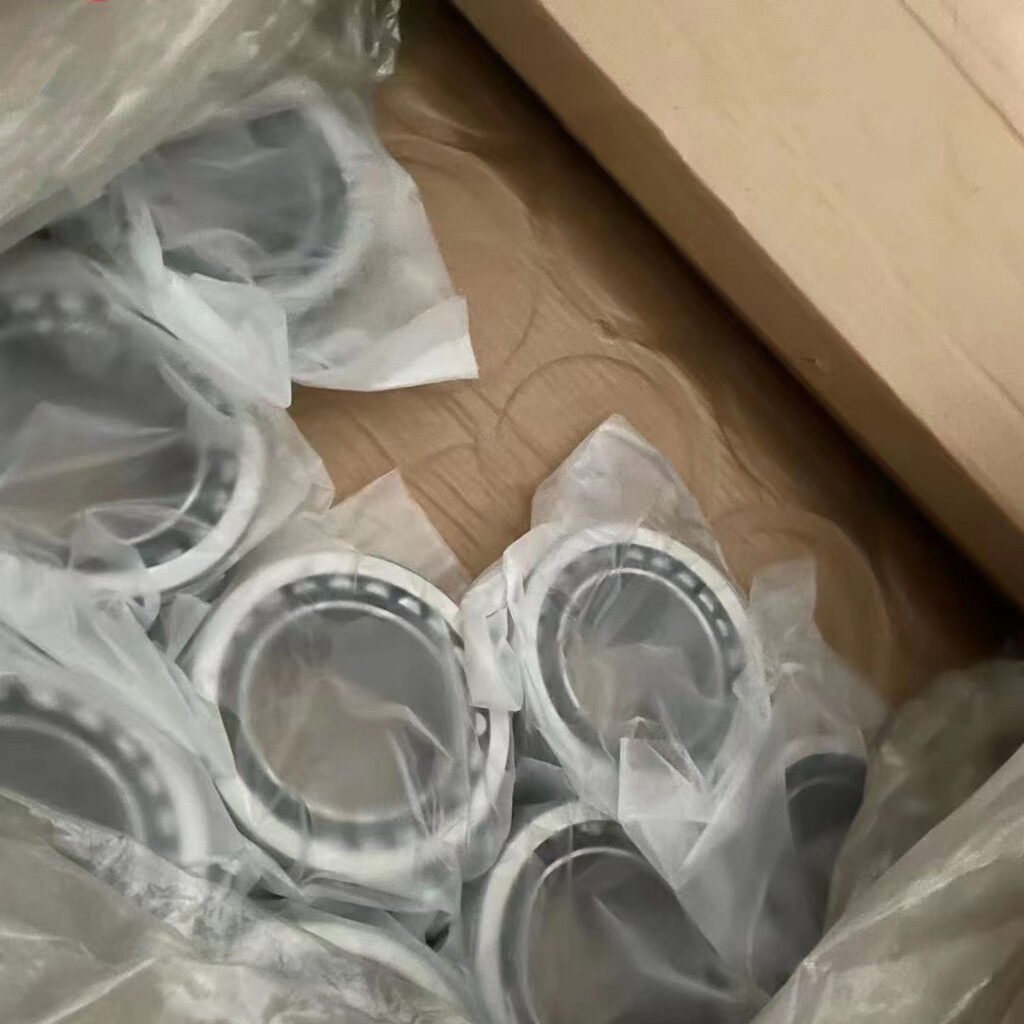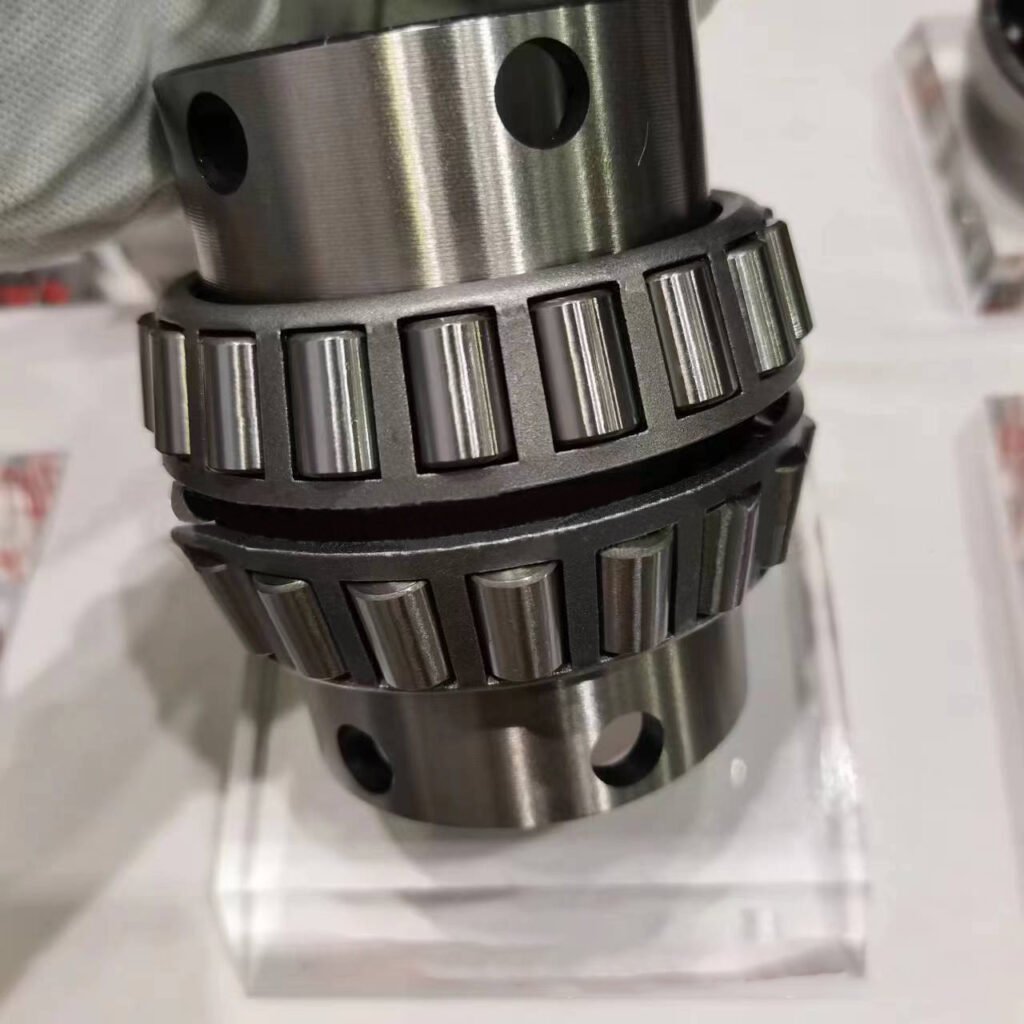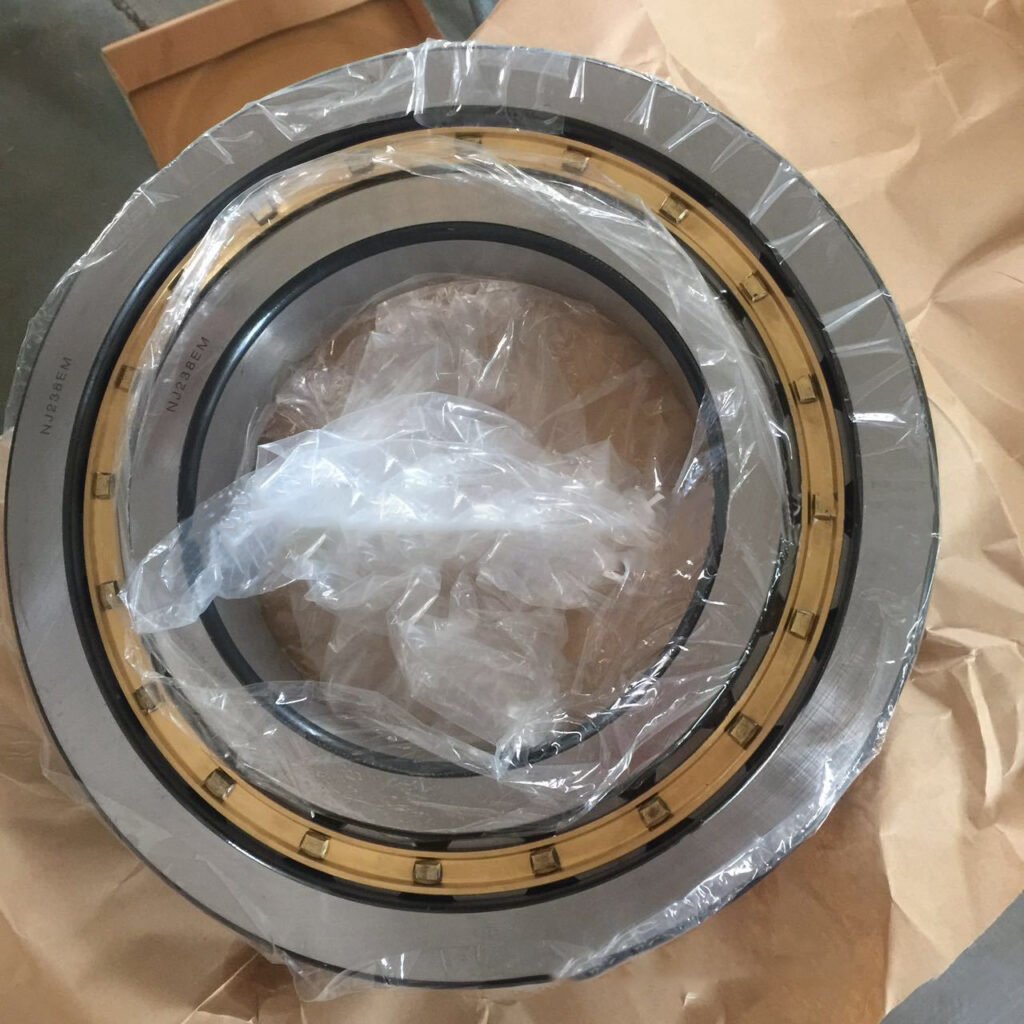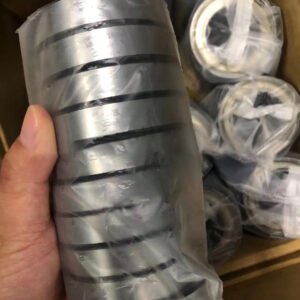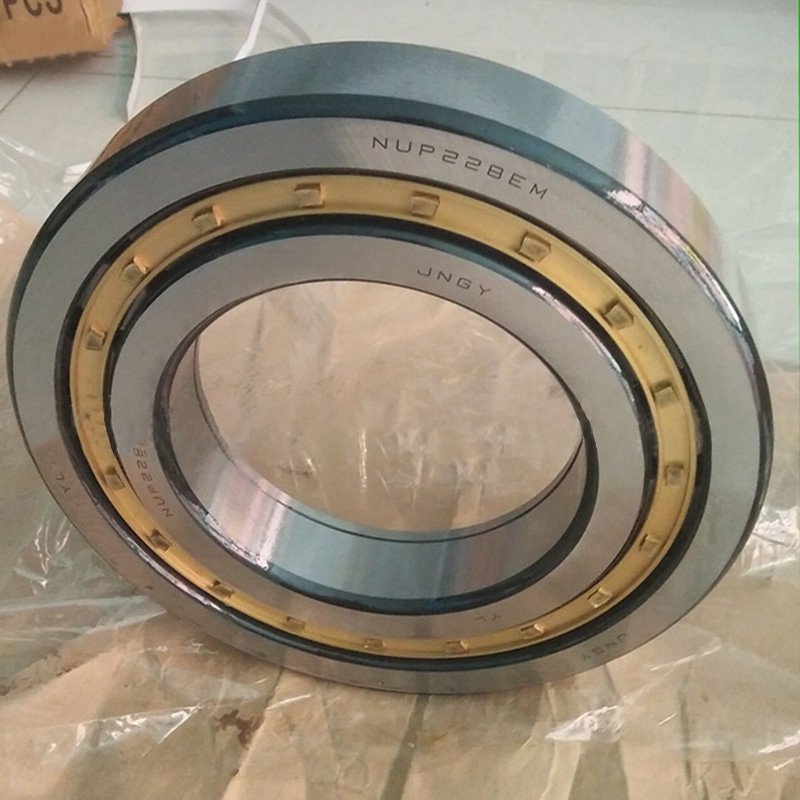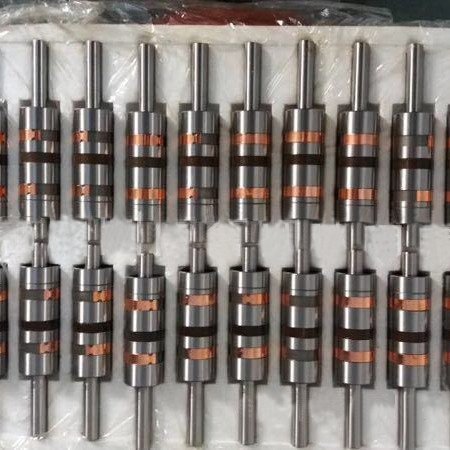In a humanoid robot, bearings are used in various parts where rotational or linear movement occurs, and friction needs to be minimized for smooth operation. Bearings are essential in the joints and mechanisms of a humanoid robot to ensure efficiency, precision, and longevity of the robot’s movements.
So which parts of humanoid robots use bearings? What specific types of bearings are used? The famous bearing manufacturer VKUKEN will reveal it to you.

1. Head/Neck
Role of Bearings: The head and neck of a humanoid robot are equipped with bearings to enable rotation and tilting. This is essential for tasks like turning the head to look around, nodding, or tilting the head to show curiosity or attention.
Types of Bearings Used: Typically, small ball bearings or thrust bearings are used to allow for smooth movement with minimal friction. These bearings enable controlled, precise motion in all directions.
2. Shoulders
Role of Bearings: The shoulder joints are responsible for allowing the robot’s arms to move in various directions, such as raising, rotating, or swinging forward and backward. This gives the robot a range of motion similar to that of a human arm.
Types of Bearings Used: Ball bearings or roller bearings are often used here. These can handle both radial (outward) and axial (along the axis of the arm) loads, which is crucial for the complex movements required for the robot to perform tasks like lifting objects or waving.
3. Elbows
Role of Bearings: Elbow joints allow the forearm to move relative to the upper arm, enabling the robot to bend and extend its arms, similar to human elbow movements. This is vital for tasks such as picking up objects or making specific gestures.
Types of Bearings Used: Typically, angular contact ball bearings or tapered roller bearings are used for their ability to handle both radial and axial loads efficiently, providing smooth movement during flexion and extension.
4. Wrists
Role of Bearings: The wrist joints give the humanoid robot the ability to rotate and flex its hands. This is critical for fine motor tasks like turning a doorknob, pointing, or handling delicate objects.
Types of Bearings Used: Small ball bearings or sleeve bearings may be used here. These bearings allow for high rotational precision and low friction, enabling fine movements required for tasks such as typing or manipulating objects.
5. Hips
Role of Bearings: The hips allow the humanoid robot to rotate its legs, move them forward or backward, and shift its weight from one leg to the other. This is fundamental for walking, running, or performing actions like squatting.
Types of Bearings Used: Large ball bearings or cylindrical roller bearings are typically used in the hip joints, as they need to handle the substantial forces and torque generated during locomotion.
6. Knees
Role of Bearings: The knee joints enable the robot’s legs to bend and extend, facilitating walking, running, or even kneeling. Just like in humans, proper knee function is necessary for balancing and mobility.
Types of Bearings Used: Angular contact ball bearings or tapered roller bearings are commonly used in the knee joints to manage both axial and radial forces while ensuring smooth movement during flexion and extension.
7. Ankles
Role of Bearings: The ankle joints allow the feet to pivot and adjust the robot’s posture. This is important for maintaining balance while walking or standing, as the robot needs to shift its weight from foot to foot.
Types of Bearings Used: Small angular contact ball bearings or even needle bearings are used in ankle joints to allow for precise rotational movements, providing flexibility for the robot to walk and make small adjustments to its stance.
8. Fingers and Hands
Role of Bearings: The fingers and hand joints often require bearings to enable intricate and precise movements, such as gripping, pinching, or manipulating small objects. This is especially important for humanoid robots designed for tasks requiring dexterity, like assembling items or typing.
Types of Bearings Used: Miniature ball bearings, needle bearings, or flexure bearings (in certain cases) are often used in the finger joints. These bearings enable smooth movement and high precision for fine motor tasks.
9. Waist (Torso)
Role of Bearings: The waist or torso joint allows the robot to rotate its upper body and bend forward or backward. This is important for movements like twisting the torso to turn or lean, adding flexibility to the robot’s movement.
Types of Bearings Used: Large ball bearings or slewing bearings are commonly used here. Slewing bearings are ideal for applications where large rotational movements and the handling of both radial and axial loads are required.
10. Actuators (Motors)
Role of Bearings: Actuators are the motors that drive the movement of the robot’s joints and limbs. Bearings are critical in actuators because they reduce friction in the rotating parts (such as gears, shafts, and motors), allowing for more efficient energy use and longer-lasting performance.
Types of Bearings Used: Bearings used in actuators vary based on the design but often include ball bearings, roller bearings, and sometimes ceramic bearings for high-performance applications. These bearings help the actuators run smoothly and quietly.
11. Feet (Foot Mechanism)
Role of Bearings: The feet are crucial for the robot’s balance and locomotion. Bearings in the feet allow the robot to adjust its stance and absorb impacts while walking, similar to how humans adjust their feet when walking or standing.
Types of Bearings Used: Bearings used in the feet might include angular contact ball bearings or slewing bearings, depending on the required flexibility and the size of the foot. These allow for adjustments during walking and turning motions, ensuring that the robot maintains balance.
12. Internal Rotating Components
Role of Bearings: In addition to the visible joints, bearings are also used in internal components that rotate, such as sensors (gyroscopes, encoders), cooling fans, or cameras that need to swivel or move.
Types of Bearings Used: Small ball bearings or magnetic bearings might be used in these components, especially for high-precision applications. Bearings inside the robot’s internal systems enable smooth rotational movements or sensor positioning.
Conclusion
Bearings are used throughout the humanoid robot’s structure to enable a wide range of movements, from basic walking and balancing to intricate tasks like grasping objects. In each of these areas, bearings reduce friction, increase efficiency, and ensure that the robot’s movements are precise and fluid, contributing significantly to its overall performance. The types of bearings used vary depending on the specific requirements of each joint or component, including factors like load, speed, and space constraints.
Bearing manufacturer VKUKEN can customize a full range of standard and non-standard bearings for humanoid robots. Our R&D team will infiltrate each project to provide customers with technical support, bearing selection or bearing design. Welcome your consultation.

